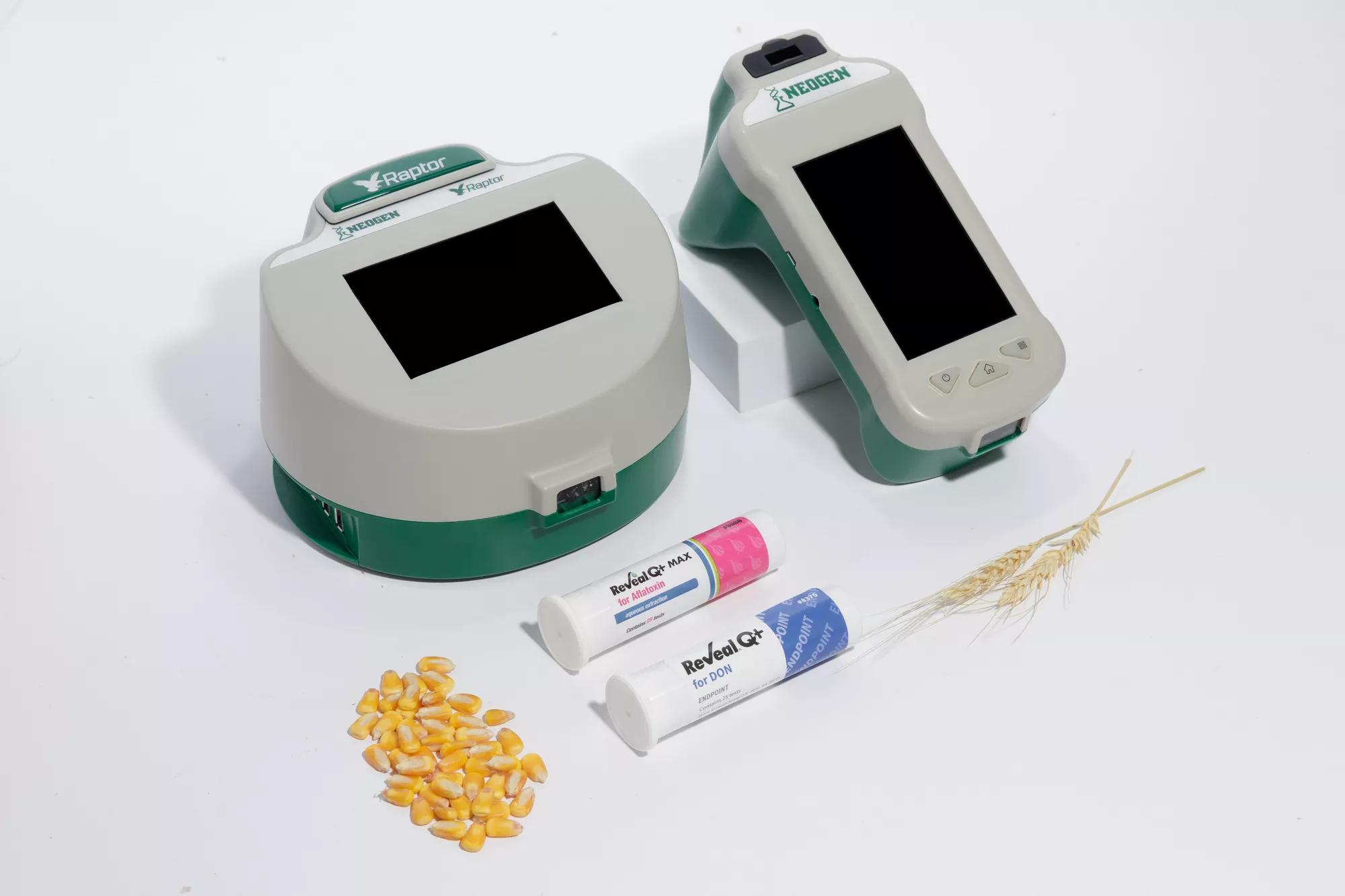How Mycotoxin testing Services Can Safeguard Your Products
How Mycotoxin testing Services Can Safeguard Your Products
Blog Article
How Mycotoxin Screening Helps Avoid Contamination and Protect Food Materials

Mycotoxin testing is a crucial practice in the food market, offering as a frontline defense versus contamination by harmful contaminants generated by mold and mildews. Through the application of innovative techniques like High-Performance Liquid Chromatography (HPLC) and Fluid Chromatography-Mass Spectrometry (LC-MS), food manufacturers can accurately quantify and discover mycotoxin degrees in farming items.
Comprehending Mycotoxins
Recognizing mycotoxins starts with identifying that they are toxic secondary metabolites produced by certain mold and mildews, which can contaminate agricultural items. These metabolites are not essential for the growth or recreation of the fungis yet can have extreme ramifications for animal and human health and wellness. Mycotoxins are commonly found in staple crops such as corn, wheat, barley, and nuts, where they can proliferate under specific conditions of dampness and temperature level.
There are numerous types of mycotoxins, each generated by various fungal species. Fusarium varieties create trichothecenes and fumonisins, both of which are linked with various intense and chronic health problems.

Risks of Mycotoxin Contamination
The risks of mycotoxin contamination are complex, presenting significant dangers to both food safety and public wellness. Mycotoxins, harmful substances created by particular types of fungis, can pollute a vast variety of farming products consisting of cereals, nuts, flavors, dried fruits, and coffee.
Economic influences are another major worry. Contaminated crops can lead to significant financial losses for farmers and food manufacturers as a result of decreased yields and the requirement for pricey purification measures. In addition, international trade can be significantly hindered as nations apply stringent mycotoxin policies to shield their populaces, resulting in turned down deliveries and strained trade connections.
Environmental elements such as environment modification aggravate the threat of mycotoxin contamination. Variations in temperature and humidity can create desirable problems for fungal development, increasing the likelihood of contamination events. Thus, understanding and reducing these dangers are crucial for guaranteeing the security and honesty of worldwide food products.
Approaches of Mycotoxin Checking
Accurately determining mycotoxin contamination in farming products is necessary for protecting public wellness and maintaining food safety and security standards. Various approaches are employed to find and quantify mycotoxins, each offering particular advantages and limitations.
High-Performance Fluid Chromatography (HPLC) is an extensively made use of approach due to its high level of sensitivity and accuracy. It includes separating mycotoxins from various other materials in an example, allowing accurate quantification. Similarly, Fluid Chromatography-Mass Spectrometry (LC-MS) integrates liquid chromatography with mass spectrometry to provide thorough molecular details, making it especially helpful for identifying numerous mycotoxins all at once - Mycotoxin testing Services.

Gas Chromatography-Mass Spectrometry (GC-MS) visit this website and Thin-Layer Chromatography (TENDER LOVING CARE) are additionally used, each with one-of-a-kind applications. GC-MS is reliable for unpredictable mycotoxins, while tender loving care uses an easier, economical option for preliminary screening.
Benefits of Regular Evaluating
Routine testing for mycotoxins in farming items uses various benefits, considerably contributing to public wellness and food safety and security. By determining contamination early, normal testing assists stop the distribution of poisonous foods, therefore lowering the threat of mycotoxin-related health problems among consumers. This aggressive technique not just safeguards human wellness however also boosts the general quality of food products.
Different countries and regions have actually developed strict restrictions for mycotoxin levels in food and feed. Sticking to these limits through routine screening ensures that distributors and manufacturers satisfy legal criteria, thereby preventing fines and profession barriers.
Furthermore, regular mycotoxin testing can cause substantial financial benefits. Early detection of contamination permits prompt treatment, minimizing potential losses from extensive contamination. Carrying out normal screening protocols can also reduce recall expenses and associated responsibilities, which can be financially devastating.
Additionally, routine testing offers useful information that can notify much better farming methods and storage conditions. By comprehending patterns of contamination, manufacturers can embrace precautionary procedures, consequently lowering future threats and adding to the sustainability of the food supply chain.
Carrying Out Checking Procedures
Carrying out efficient mycotoxin testing protocols is important for making sure the security and quality of farming items. Establishing a robust testing structure involves multiple key actions, beginning with the identification of potential contamination factors within the manufacturing and supply chain. This includes pre-harvest, post-harvest, storage space, and circulation phases. Each phase has to be looked at to identify where mycotoxin contamination is probably to occur.
Once essential control points are recognized, choosing appropriate screening methods is crucial. Typical strategies include enzyme-linked immunosorbent assay (ELISA), high-performance liquid chromatography (HPLC), and mass spectrometry (MS) Each technique has its strengths and weak points; hence, selecting the proper one depends upon the details mycotoxin being evaluated, the called for sensitivity, and available resources.

Finally, integrating the screening methods into a comprehensive food safety check and security administration system is recommended. This boosts traceability and allows swift restorative actions when contamination is identified, consequently securing the integrity of the food supply chain.
Verdict
Mycotoxin testing is vital in protecting against contamination and safeguarding food materials by allowing very early discovery of harmful additional reading toxins produced by molds in agricultural products. Routine screening improves brand name reputation, financial stability, and trust in food security by reducing contamination-related losses and preserving high requirements in food manufacturing.
Mycotoxin testing is a crucial technique in the food sector, offering as a frontline protection versus contamination by harmful toxins produced by mold and mildews. An integrated method including agricultural practices, storage monitoring, and normal screening can alleviate the dangers connected with mycotoxin contamination, ensuring food safety and security and public wellness.
The threats of mycotoxin contamination are complex, posing substantial hazards to both food safety and security and public health and wellness.Regular testing for mycotoxins in farming items provides numerous benefits, substantially contributing to public health and food safety and security.Mycotoxin screening is vital in avoiding contamination and safeguarding food products by allowing early discovery of damaging toxins generated by mold and mildews in agricultural items.
Report this page